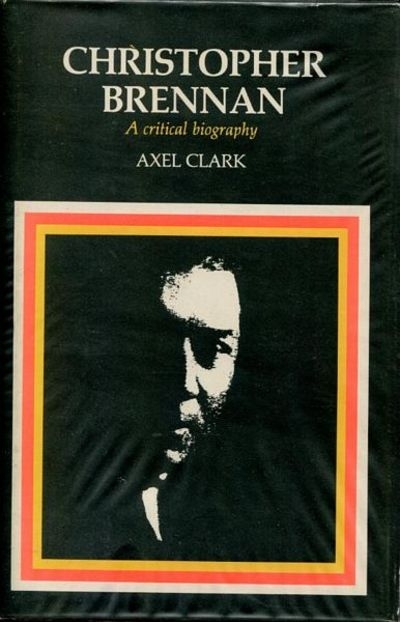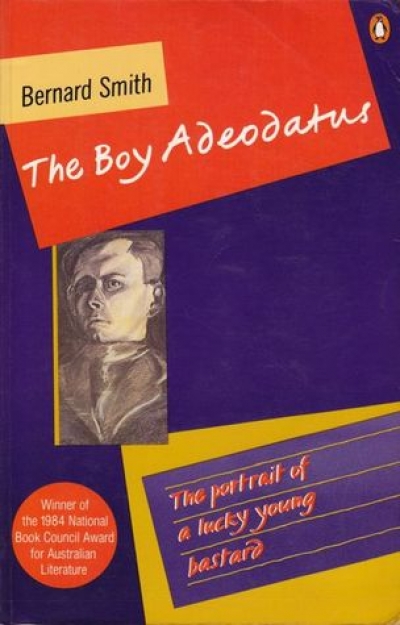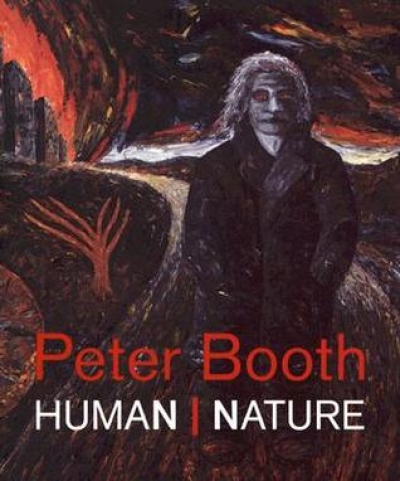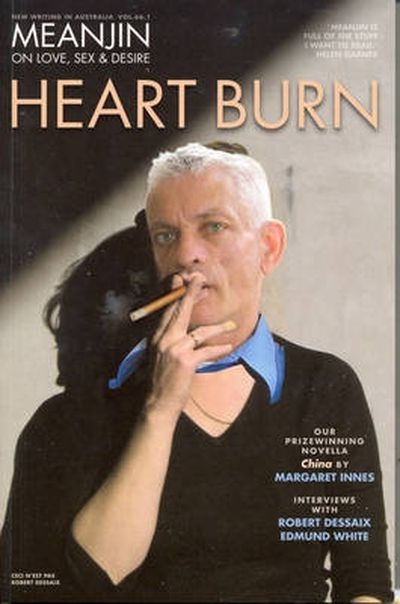Archive
While I make no question of Mr Davies’ sincerity in taking action, I am firmly of the opinion that nothing in either play could damage him (even if, as I strongly question, it could be taken to refer to him) in the eyes of any reasonable person. At the same time, the law concerning literary defamation is so unsatisfactory in its application to creative fiction (as opposed to purported factual reporting) that there was strong sympathetic support for the idea of a test case. ... (read more)
Writing a biography of any practising politician is a difficult task: you are more or less beholden to your subject, and the book can end up an exercise in diplomacy instead of perception. Writing a book about Bill Hayden, who has been called an enigma, a Hamlet, and a Cassandra, is double difficult. Writing about Hayden without Hayden’s help (he ‘was able to squeeze in only limited interviews’) is almost impossible.
... (read more)Diplomatic Witness: Australian foreign affairs 1941-1947 by Paul Hasluck
by Geoffrey Williams •
Ballades of Old Bohemia: An anthology of Louis Esson edited by Hugh Anderson
by Mary Lord •
The Boy Adeodatus: The portrait of a lucky young bastard by Bernard Smith
by Warren Osmond •
Peter Booth: Human/Nature by Jason Smith (with contributions from John Embling and Robert Lindsay)
by Patrick McCaughey •
Meanjin Vol. 66, No. 1 edited by Ian Britain & Overland 186 edited by Nathan Hollier
by Geordie Williamson •
Dreaming of East by Barbara Hodgson & Women of the Gobi by Kate James
by Alison Broinowski •








